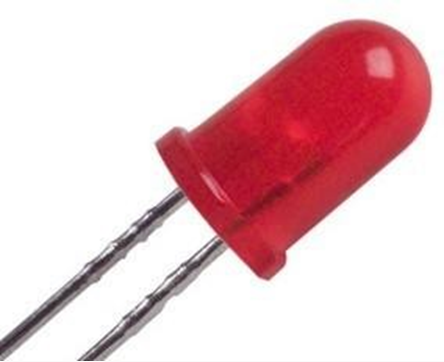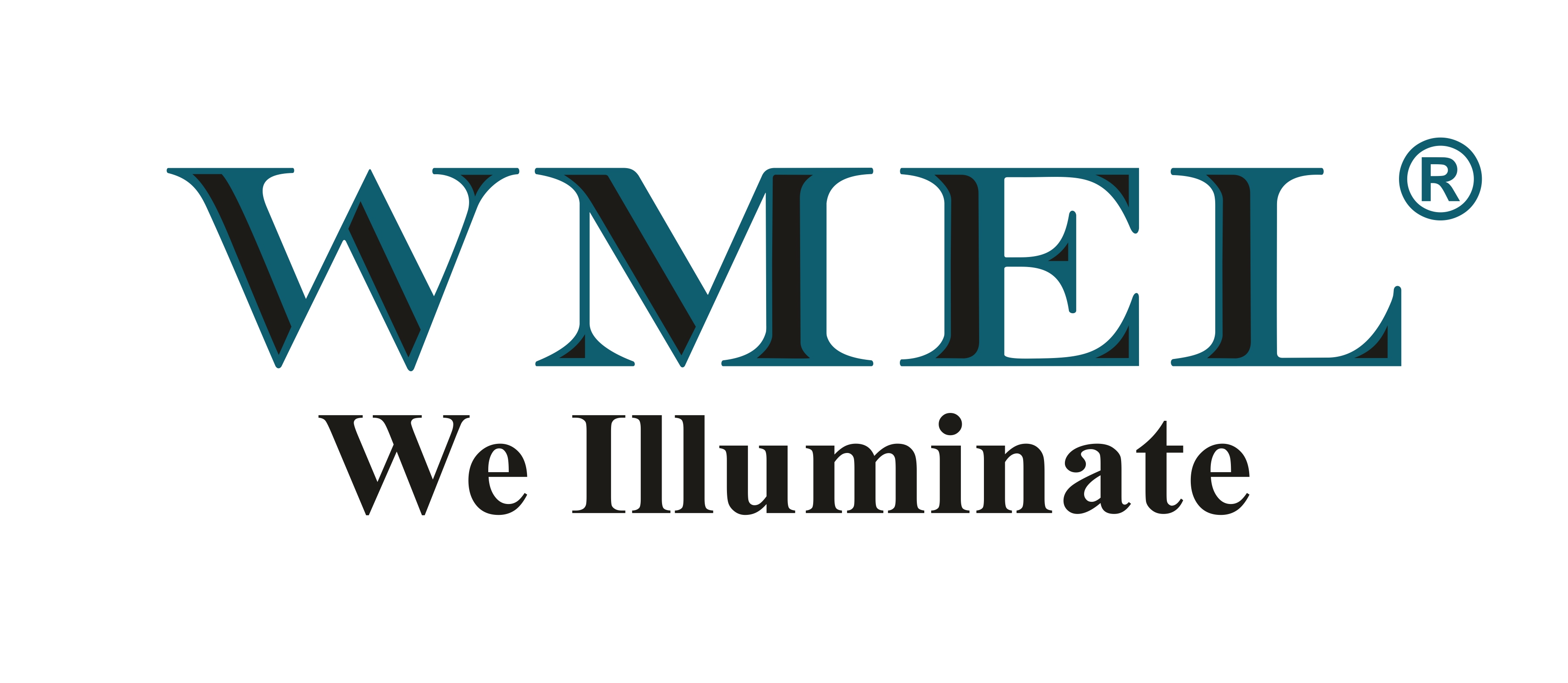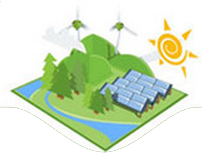LED BASICS
The Basics about LED Lighting
An LED (Light Emitting Diode) is a special diode that uses a semiconductor chip to produce light when an electric current is passed though it. LED lights are extremely energy efficient and long lasting making them ideal replacements for traditional power hungry halogen and standard incandescent lights and can save up to 90% on household lighting costs. With the advancement in technology in recent years, LED lights can be used in a wide range of applications in commercial, industrial and domestic lighting. LED Lights are energy efficient, cost effective, durable and have countless uses and functions.The categories below are linked to articles that explain further the terms, history, basics, and benefits of LED lights.
  What is LED? What is LED?
An LED is a semiconductor electronic component that emits light. LED is an abbreviation for Light Emitting Diode.
LED Lights contain no mercury or other toxins and emitt no harmful UV rays and less CO2 than standard incandenscent bulbs. LED's are a practical replacement for halogen or standard lights as they have a lower energy consumption, longer lifetime, improved brightness, smaller size, faster switching, and greater durability and reliability.
Until recently LED's have only been used for display type indicators in electrical devices such as TV's, calculators and clocks or as decorative lighting, as high brightness could not be achieved. Advancements in technology in recent years have opened up LED's to be used in a wide range of applications in commercial, industrial and domestic lighting.
  History of LEDs History of LEDs

In 1907, British scientist Henry J. Round dicovered the physical effect of electroluminescence, an optical and electrical phenomenon in which a material emits light in response to an electric current passed through it or to a strong electric field. The light produced was very dim and not bright enough to stimulate further research.
In 1962 the first visible spectrum LED light was produced by Nick Holonyak Jr. and was red in colour. This coined his nickname, 'Father of the Light Emitting Diode'. The red LED's were not bright enough to be seen in daylight so the first LED applications were mainly used as indicator lights for military use.
M. George Craford, a student of Holonyak, invented the first yellow LED in 1972 and then went on to produce a much brighter red LED.
As technology progressed in the 1970's additional colors were created and as new colors became available, new uses for LED lights were in demand. LED's were used in applications such as calculators, digital watches and test devices.
The first superbright LED's were developed in the 1980's and were brighter, more stable and cost efficent which saw the demand for LED's rise dramatically.
From 1990 the use of LED's became standard in various industrial applications from switch cabinets to measuring instruments, in consumer products such as Hi-Fi equipment, telephones or personal computers and in traffic signal installations for road and railway or in indoor and outdoor automotive lighting.
For two decades LED lights have been replacing incandescent globes in homes and businesses, offering a cheaper, more efficient service in a wide variety of contexts.
Benefits of LED Lighting
The benefits of LED Lighting are endless. LED Lights are energy efficient, cost effective, durable and more. They are the lastest technology in lighting and offer a great alternative in replacing your current halogen or standard lights. Below is a detailed list of some of the many benefits of LED Lighting.
Energy Efficient
A standard 50W halogen lamp turns 90% of electricity used into heat with only 10% into light. The benefit of LED Lights are that they use only 15% of the energy a standard halogen uses, provide up to 85% of the light output and create less heat making them so cool to touch. This makes LED Lights not only energy efficient but extremely cost effective as air conditioning use can be lowered. Some LED Lights can be operated by mains power, but when used with a Low Voltage LED Driver, LED Lights will produce more light output per watt.
Long Life Span
LED Lights have the benefit of a super long life span of up to 80,000 hours which means you can cut maintainance costs as the lamps last up to 8-10 times longer than standard halogen lamps making them an ideal replacement.
Improved Durability
LED's have no filaments so can withstand a greater intensity of vibration and shock than stardard lights making them durable with less risk of breaking and need to replace.
Compact Size
LED Light bulbs can be as small as 2mm making them ideal for fitting into hard to reach and compact areas.
Fast Switching
LED Lights will start at full brightness, instantly, every time, therefore there is no need for backup lighting. LED Lights are a benefit because they switch on and off instantly making them ideal for flashing signs, traffic signaling and automotive lights, compared to standard compact fluroescent lights which fade in and out or flicker.
Safety
Most LED lights operate at low voltage so are cool to touch and much safer to handle during installation and maintenance and can be exposed to rain and snow.
Environmentally Friendly
The benefit of LED Lights is that they are an eco-friendly form of lighting as they do not contain mercury or other harmful gasses or emit any harmful UV rays. For example, a 13w LED light emits 68% less CO2 than a standard 40w incandescent bulb running 10 hours per day.
|





 What is LED?
What is LED? History of LEDs
History of LEDs

